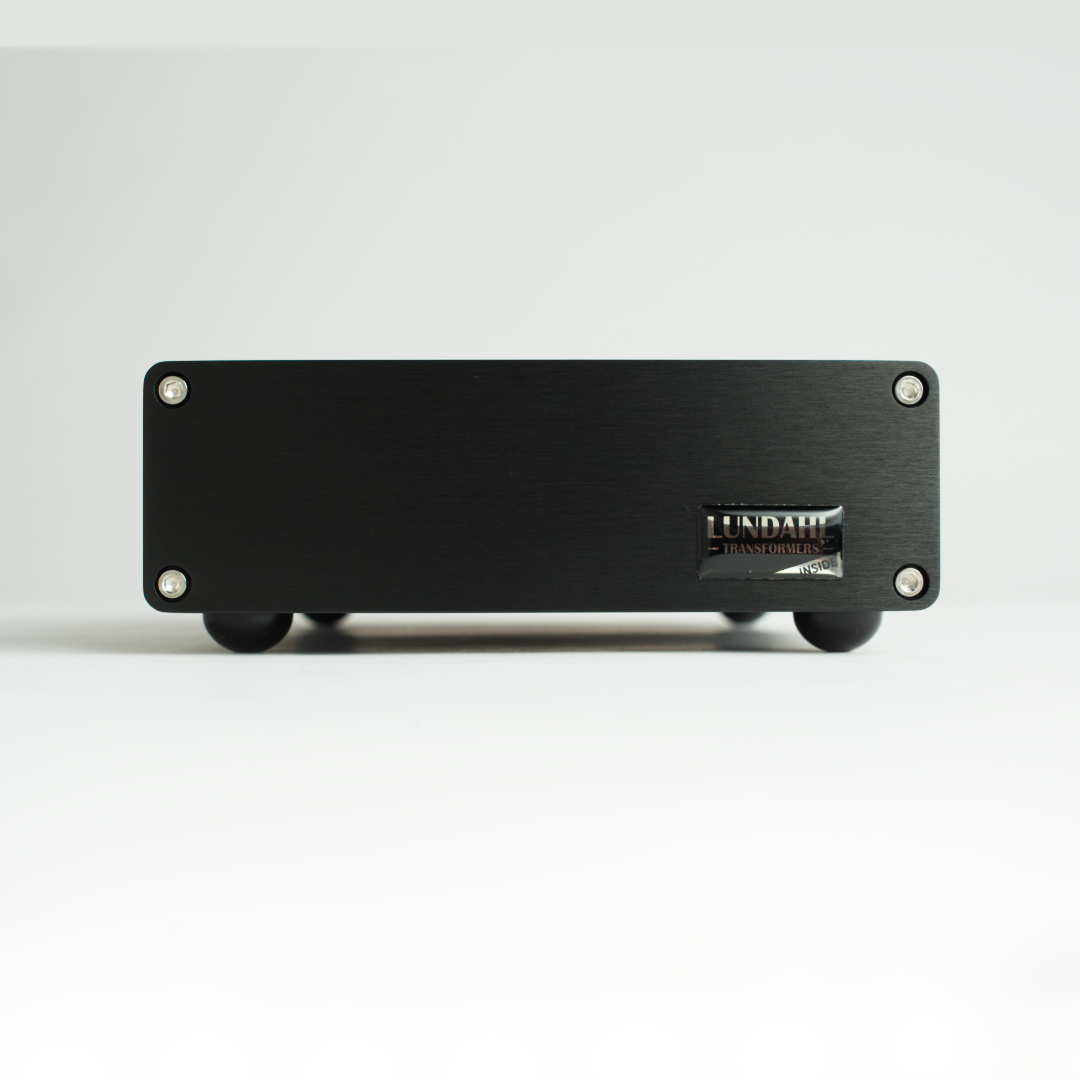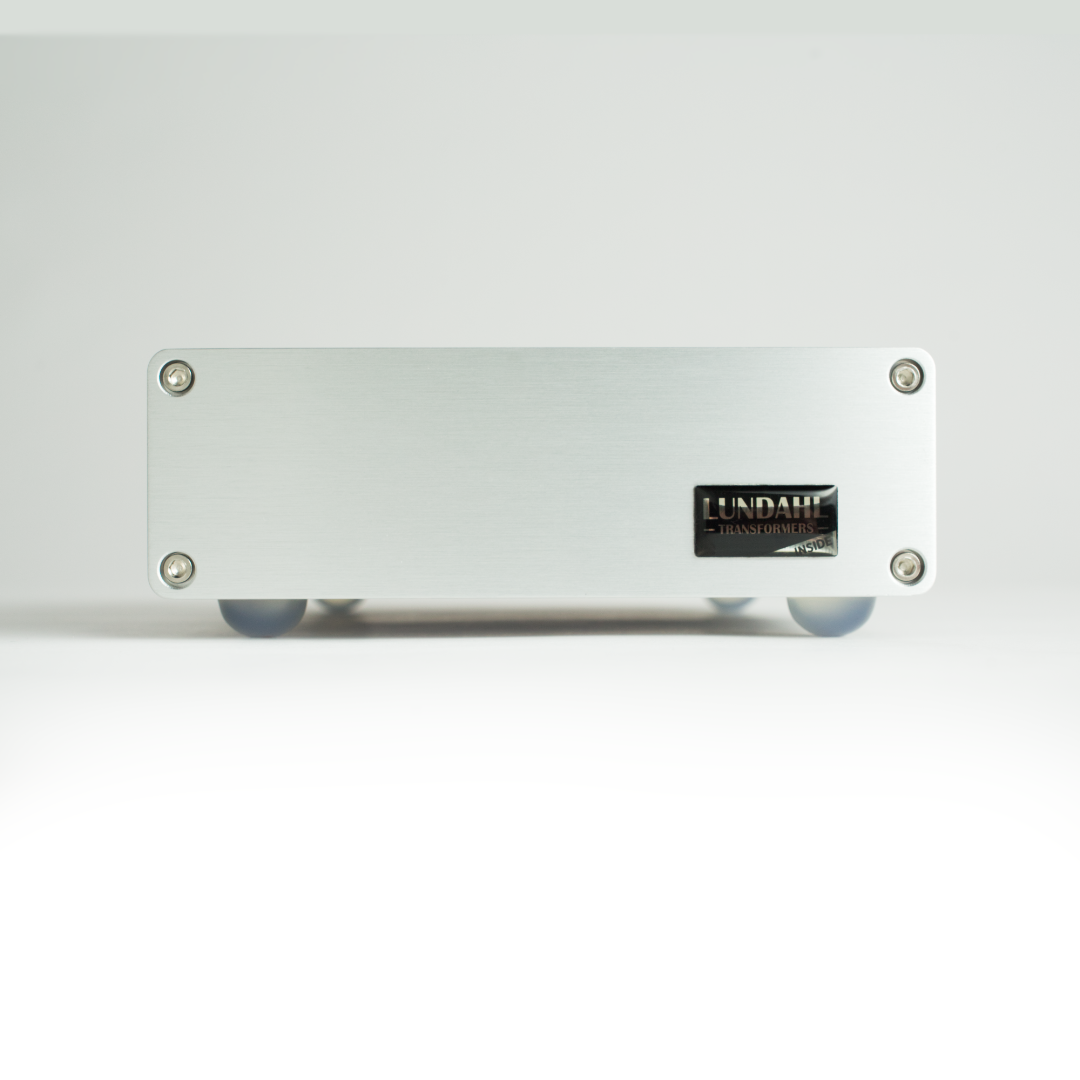Optimising Moving Coil Cartridges
Unlock the Full Potential of Your Analogue System
One of the most effective ways to elevate the sound of your vinyl playback is to optimise the loading of your moving coil (MC) cartridge. Small changes to loading impedance can have a dramatic effect on clarity, tone balance, and overall musical engagement. Get this right, and your system will sound more open, natural, and involving.
What is Cartridge Loading?
Cartridge loading is the resistance (measured in ohms, Ω) that your phono stage presents to your MC cartridge. Together with the cartridge's own internal impedance, it forms an electrical circuit that shapes how the cartridge behaves—particularly at high frequencies.
Moving magnet (MM) cartridges are relatively forgiving and almost always operate into a standard 47kΩ load. Moving coil cartridges, however, are far more sensitive. The correct load can mean the difference between a system that sings and one that sounds flat, harsh, or unbalanced.
Why Loading Matters for MC Cartridges
An MC cartridge is essentially a tiny electrical generator. Like any generator, it has internal resistance and inductance, and therefore a natural resonance at high frequencies. The phono stage's input impedance acts like a damper on this resonance.
- Loading too low (over-damped): The cartridge sounds muted, dull, or overly thick.
- Loading too high (under-damped): High frequencies are exaggerated, edgy, and fatiguing.
The right load strikes a balance: open, detailed treble that integrates naturally with the mids and bass.
A Good Starting Point
Most MC cartridges have an internal impedance between 3Ω and 40Ω. A safe rule of thumb is to set loading to 10–20 times that figure.
- Example 1: Cartridge internal impedance = 10Ω → Start at 100Ω–200Ω.
- Example 2: Cartridge internal impedance = 4Ω → Start at 40Ω–80Ω.
If your phono stage offers a 100Ω to 400Ω setting, start at on end and work towards the other.
Listening Tests: Too Much vs. Not Enough Loading
Signs of Too Much Loading (Ohms too low)
- Dull, veiled treble with little sparkle
- Loss of detail and ambience
- Flattened dynamics in cymbals or strings
- Thick, overly warm midrange
Solution: Increase loading (e.g. move from 100Ω → 200Ω → 400Ω).
Signs of Too Little Loading (Ohms too high)
- Bright, edgy treble
- Fatiguing long-term listening
- Over-etched detail, lacking integration
- Thin overall balance, with weak bass foundation
Solution: Reduce loading (e.g. move from 1kΩ → 400Ω → 200Ω).
A Practical Listening Process
- Pick familiar records with vocals, cymbals, acoustic instruments, and dynamic contrasts.
- Start in the middle of the recommended loading range.
- Adjust gradually, one step at a time.
- Listen critically to upper mids and treble.
- Trust your ears. The "best" setting is the one that makes you want to play another side.
Key Considerations
- System synergy: The ideal load depends on your phono stage, cables, and speakers.
- Manufacturer guidance: Stay within the recommended range, but don't be afraid to experiment.
- Detail vs. brightness: True detail is natural and effortless—not an artificial spotlight on the treble.
What's Next?
Correct MC cartridge loading is one of the most important steps in refining your analogue system. But if you're using a low-output moving coil cartridge, there's another critical piece of the puzzle: how you step up the signal before it reaches your phono stage.



